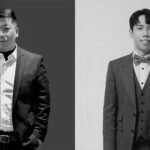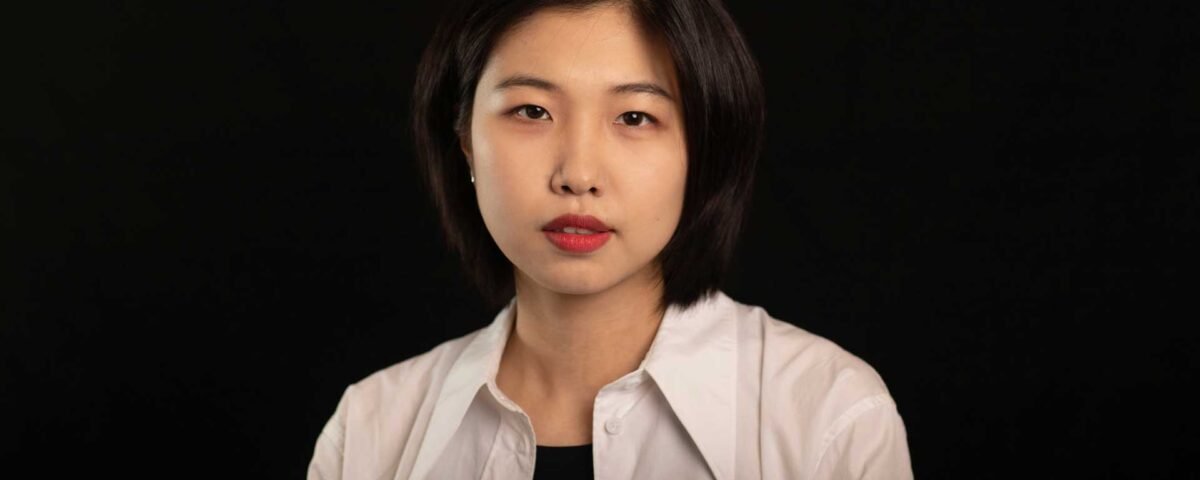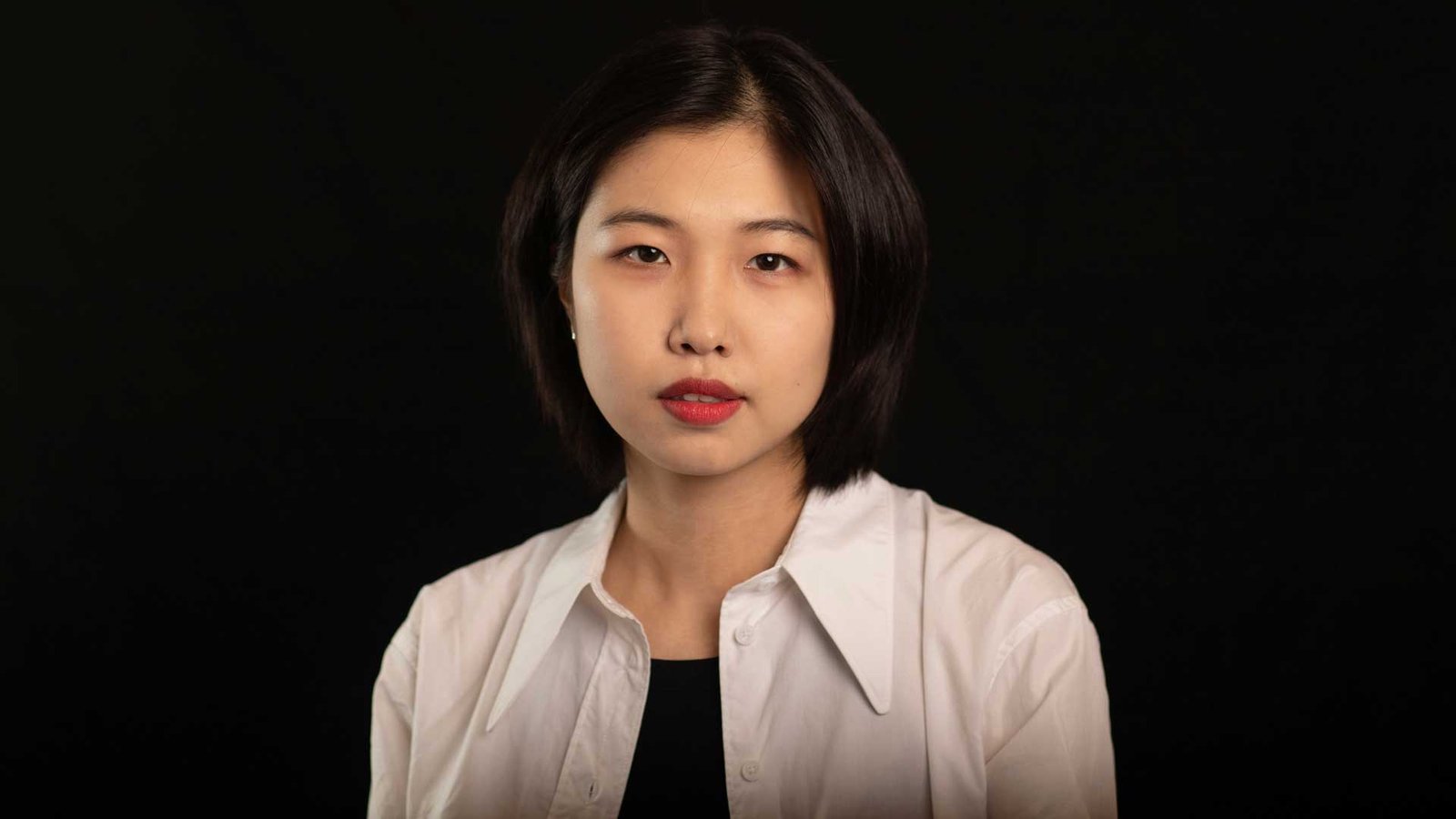1Congratulations on winning the MUSE Design Awards! Can you introduce yourself and share about what inspired you to pursue design as a career?
Thank you! I’m Ruoyun (Dry) Dai, a multidisciplinary artist and product designer focused on turning invisible emotional and psychological landscapes into immersive experiences.
I started in architecture but soon realized the structures I imagined couldn’t always be built with traditional materials. That limitation led me to explore more flexible, experimental mediums like AR and interactive storytelling—ways to create spaces that express inner worlds rather than just physical ones.
2What does being recognized in the MUSE Design Awards mean to you?
It means a lot. Dream Complex is a deeply personal project that combines emotional storytelling, spatial thinking, and emerging technology. Receiving this recognition affirms that conceptual, introspective work has space in contemporary design. It also encourages me to keep experimenting and building work that invites people to explore themselves more deeply.
3How has this achievement impacted your career, team, or agency, and what opportunities has it brought so far?
The award has helped bring more visibility to my work, especially in interdisciplinary circles that connect design, psychology, and tech. It’s opened new conversations around the emotional potential of immersive experiences and attracted potential collaborators who are also exploring the intersection of art and emotion.
4What role does experimentation play in your creative process? Can you share an example?
Experimentation is central. In Dream Complex, I created dozens of prototypes—ranging from AR filters and 3D models to physical puzzles and emotional mapping systems. One experiment involved placing dreams into a 3D coordinate system defined by emotional type, intensity, and cognitive clarity. That system shaped how users navigated the experience and became the narrative foundation.
5What's the most unusual source of inspiration you've ever drawn from for a project?
My own dream journal. Every visual and narrative element in Dream Complex was drawn from dreams I’ve recorded over the years. One recurring dream—about a surreal emotional learning center—became the seed for the entire project. It’s strange, but dreams often carry emotional truths that bypass logic, and I find that deeply inspiring.
6What’s one thing you wish more people understood about the design process?
That it’s not just about making things look good or function well—it’s also about holding space for uncertainty. The design process is often messy, non-linear, and intuitive. Ambiguity is part of what allows unexpected ideas to emerge.
7How do you navigate the balance between meeting client expectations and staying true to your ideas?
I try to start by aligning on emotional intention. If both sides are clear on the feeling we want to evoke or the story we want to tell, it becomes easier to meet expectations while preserving creative integrity. I also believe that empathy—toward both clients and end users—is key.
8What were the challenges you faced while working on your award-winning design, and how did you overcome them?
Blending physical installation with AR was technically and spatially complex. I had to iterate constantly to make sure AR markers were readable, emotional cues were clear, and the narrative flow wasn’t overwhelming. Frequent user testing, simplification, and adjusting visual language helped make the experience intuitive while staying layered.
9How do you recharge your creativity when you hit a creative block?
I step away from screens and turn inward. Walking, journaling, or even just resting usually helps. I also return to my dream journal or revisit abstract films or books that don’t offer answers—just space to think and feel differently.
10What personal values or experiences do you infuse into your designs?
Vulnerability, introspection, and emotional honesty. I’m drawn to exploring the subconscious and making space for feelings that are hard to articulate. My design work is often an act of self-understanding—and I hope it gives others the same opportunity.
11What is an advice that you would you give to aspiring designers aiming for success?
Don’t rush to define success by traditional standards. Let your curiosity lead, even when the outcome feels unclear. Embrace experimentation, build your own visual language, and trust that ideas with emotional depth will find their place.
12If you could collaborate with any designer, past or present, who would it be and why?
Peter Zumthor. His work has deeply influenced all of my projects. I’ve read his book Atmospheres countless times—it reads like poetry. His architecture feels more like emotional sculpture than just space-making.
What I admire most is how his design always begins with rational, human-centered needs, yet ends in a kind of emotional elevation. His ability to combine restraint and sensitivity is something I constantly strive toward.
13What's one question you wish people would ask you about your work, and what's your answer?
I wish people asked: “How do you want someone to feel after experiencing your work?”
My answer is: I hope they feel like they’ve touched something inside themselves—something quiet, unresolved, or beautiful. Not every experience needs to be explained. Sometimes, simply feeling seen or softened is enough.









